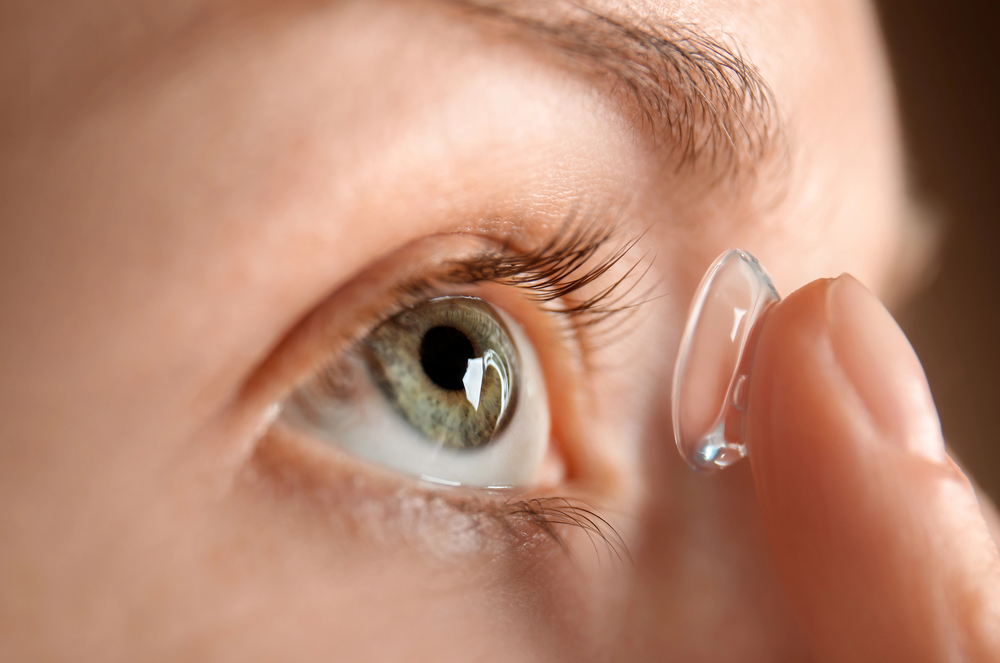Living with dry eyes can be a constant struggle, impacting your ability to read, use digital devices, or drive without discomfort. For people experiencing chronic dryness, irritation, or blurry vision, especially those who also suffer from myopia, choosing the right contact lens is more than a convenience—it’s essential for quality of life. Traditional lenses often worsen the symptoms of dry eye, but thankfully, modern contact lens technologies offer effective alternatives designed to hydrate and protect the eye.
In this article, we’ll explore the most recommended types of contact lenses for dry eyes and explain why scleral lenses, particularly advanced brands like BostonSight Scleral and EyePrintPRO, are considered top-tier solutions for severe cases.
1. Soft Contact Lenses
Advantages:
- Comfort: Soft lenses are generally easier to get used to and feel less intrusive for new wearers.
- Variety: Available in daily, monthly, or extended wear options. For dry eyes, daily disposable lenses are typically preferred, as they reduce protein buildup and minimize irritation.
Disadvantages:
- Moisture Retention: Despite being made of soft, hydrophilic materials, these lenses often absorb the eye’s natural tears, which may worsen dryness over time.
- Shorter lifespan: Frequent replacement is needed, which can be less convenient and more expensive in the long term.
- Higher risk of infection: Softer materials are more prone to bacterial absorption, making hygiene critical.
2. Rigid Gas Permeable (RGP) Lenses
Advantages:
- Durability: Longer-lasting than soft lenses and resistant to deposits.
- Oxygen Permeability: RGP lenses allow more oxygen to reach the cornea, supporting overall eye health.
Disadvantages:
- Initial discomfort: These lenses require an adaptation period.
- Not ideal for severe dryness: They don’t provide a moisture reservoir, and without adequate tear production, they may be less tolerable.
- Movement: RGP lenses can shift more easily, making them less suitable for active lifestyles or dusty environments.
3. Hybrid Lenses
Advantages:
- Balance of comfort and clarity: These lenses combine the clarity of RGP lenses with the soft skirt for better comfort.
- Stable vision: Less likely to rotate on the eye.
Disadvantages:
- Maintenance: Requires careful cleaning and regular replacement.
- Cost: Typically more expensive than standard soft or RGP lenses.
4. Scleral Lenses
Advantages:
- Moisture Preservation: These lenses create a fluid-filled vault over the cornea, offering continuous hydration—making them a preferred choice for dry eye treatment.
- Protection & Comfort: By resting on the sclera (white part of the eye) and not the sensitive cornea, they provide superior comfort for damaged or irritated eyes.
- Long-term wear: Well-fitted scleral lenses can be worn for extended periods without discomfort.
- Visual stability: Excellent for patients with irregular corneas or keratoconus.
Disadvantages:
- Complex fitting process: They require precise fitting, best done by a keratoconus specialist.
- Higher initial cost: However, they tend to be more durable and may offset the long-term cost of frequent replacements.
- Daily maintenance: Proper cleaning and storage routines are essential.
What Makes BostonSight Scleral and EyePrintPRO Stand Out?
Among premium options, BostonSight Scleral lenses are well-recognized for their medical-grade hydration support. Built upon years of clinical research and PROSE technology (Prosthetic Replacement of the Ocular Surface Ecosystem), these lenses offer near-unlimited customization, ensuring a high level of comfort and performance.
For even more advanced customization, EyePrintPRO lenses use impression-based fitting to match every contour of the eye. They are particularly suitable for complex cases of ocular surface disease or corneal trauma.
Mini Scleral and Semi-Scleral Lens Options
In addition to full scleral lenses, mini scleral lenses (typically 15–18 mm) offer a slightly smaller diameter, suitable for moderate dryness and less irregularity. Some patients may also benefit from semi-scleral lenses, offering a compromise between corneal and scleral designs, although these are less commonly used for dry eyes.
Explore options on our dedicated scleral lenses page or review lens types based on post-corneal trauma or corneal transplant recovery.
Final Thoughts
Selecting the right contact lenses when you suffer from dry eyes requires more than trial and error—it requires guidance from professionals who understand the delicate balance of eye health and optical performance. At MyClinic, we are proud to provide personalized fittings, advanced diagnostics, and ongoing support to patients from the UAE, Saudi Arabia, Qatar, Bahrain, Kuwait, and beyond.
If you struggle with dry eyes and blurry vision, reach out today to discover whether scleral lenses or advanced options like EyePrintPRO may be right for you.

